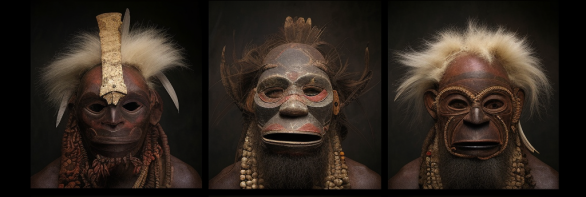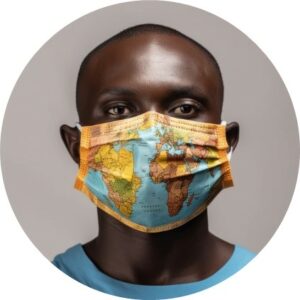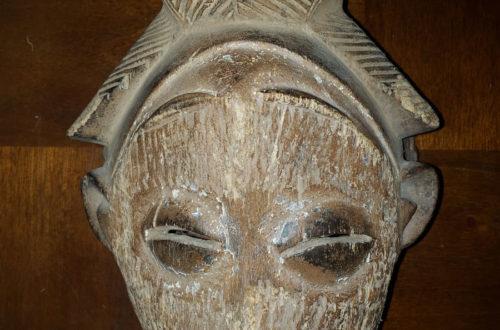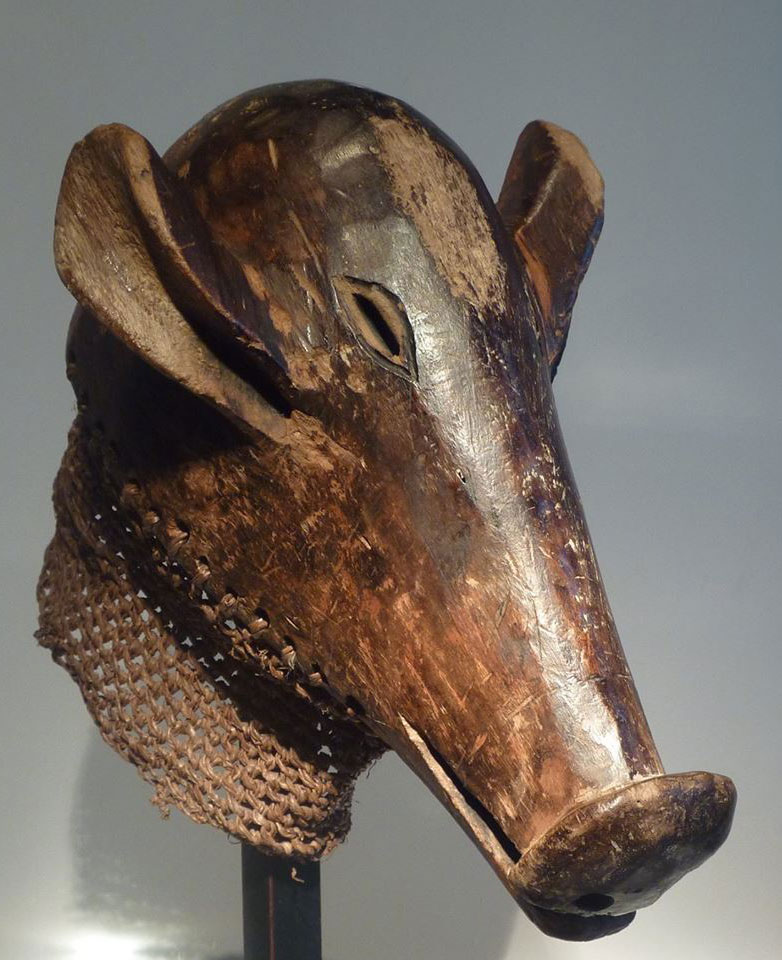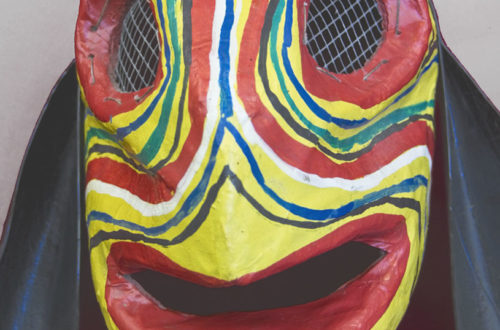Greetings, dear readers! Today we embark on a journey that is equal parts historical, cultural, and a smidge whimsical. We’re pulling back the veil on the dramatic (and often unexpected) history of the mask.
 40,000 B.C. – Prehistoric Self-Expression
40,000 B.C. – Prehistoric Self-Expression
Our time-traveling tale commences in prehistoric times. Imagine, if you will, the first mask-wearing figures etched out in cave paintings. These early mask connoisseurs used them for ceremonial or ritualistic purposes. The Stone Age fashion was, apparently, very avant-garde!
3,000 B.C. – Golden Elegance of Ancient Egypt
Next, we pop over to ancient Egypt, where masks served a dual purpose in religious ceremonies and death rituals. The iconic golden mask of Tutankhamun encapsulates the period’s penchant for post-mortem glamour. Nothing says “rest in peace” quite like a blinged-out death mask!
Curtains up for ancient Greece, where theatrical masks played a starring role in the dramatic arts. These masks amplified character emotions and helped audience members keep up with the latest twists in their favorite tragedies or comedies.
800-300 B.C. – Pre-Columbian Cultural Couture
Our timeline tour takes us next to Central and South America. The Mayans and Aztecs used masks in religious ceremonies, warfare, and burials. These masks were a far cry from our standard surgical variety – intricately designed and beautifully ornate, they were the epitome of Pre-Columbian couture!
1300-1 600 A.D. – The Original Beak-y Blinders
600 A.D. – The Original Beak-y Blinders
Plague doctors in the Middle Ages rocked an early form of the PPE, donning beaked masks filled with aromatic items. They believed these masks could protect them from the disease. Style points for the beak, but points deducted for, well, the plague.
17th Century – Venetian Masquerade Vogue
In the 17th century, Venetian masks took the limelight during the famed Carnival of Venice. Used at masquerade balls, they allowed the wearer to hide their identity and, let’s be honest, avoid awkward party conversations.
Late 19th-Early 20th Century – The Surgeon’s Shield
The next significant mask milestone was their introduction to operating rooms in the late 19th and early 20th centuries. Preventing infections from surgeons to patients, these surgical masks signaled a critical turning point in medical history (and finally got doctors to cover their coughs!).
1918-1919 – A Necessary Fashion During Spanish Flu
During the Spanish Flu pandemic, masks became the must-have accessory of 1918-1919. The world learned quickly that a well-placed piece of cloth could be the difference between health and illness.
1972 – The Birth of the N95
Jumping to 1972, the N95 respirator, a superhero in our current pandemic scenario, was born. Originally intended for industrial use, it was designed to shield workers from dust and airborne particles. Now it’s the mask equivalent of the cool kid on the block!
2003 & 2009 – Outbreak Outfits
In the early 21st century, during the global outbreaks of SARS and H1N1 influenza, masks became as essential as a good hand sanitizer. This period saw a mask renaissance, with them morphing from medical necessities into everyday items.
2019 – Present – The Masked Era
And now, we arrive at the present, where our companion, the mask, has become an even more crucial part of our lives. Since the start of the COVID-19 pandemic, masks have evolved from a simple piece of cloth to an emblem of global resilience and a cornerstone of public health strategy.
Throughout history, masks have taken on various roles, from ceremonial items to key health devices, from hiding our identities to showing our care for others. It’s a testament to human adaptability and our shared history of facing challenges with innovation…and a sense of style!
